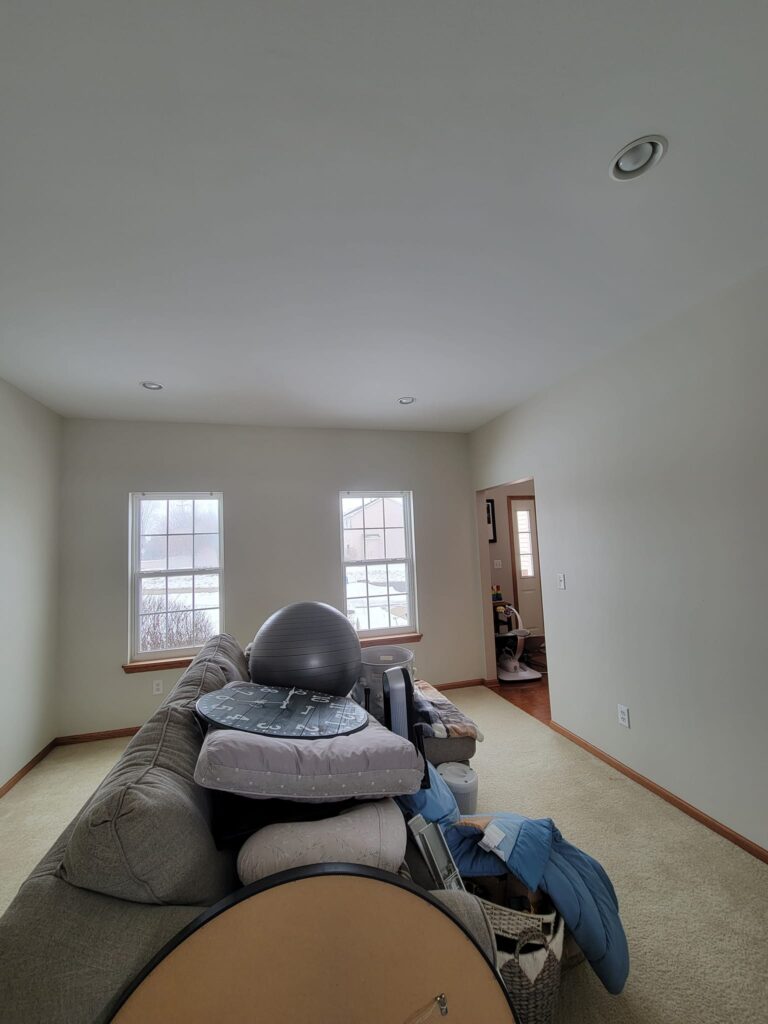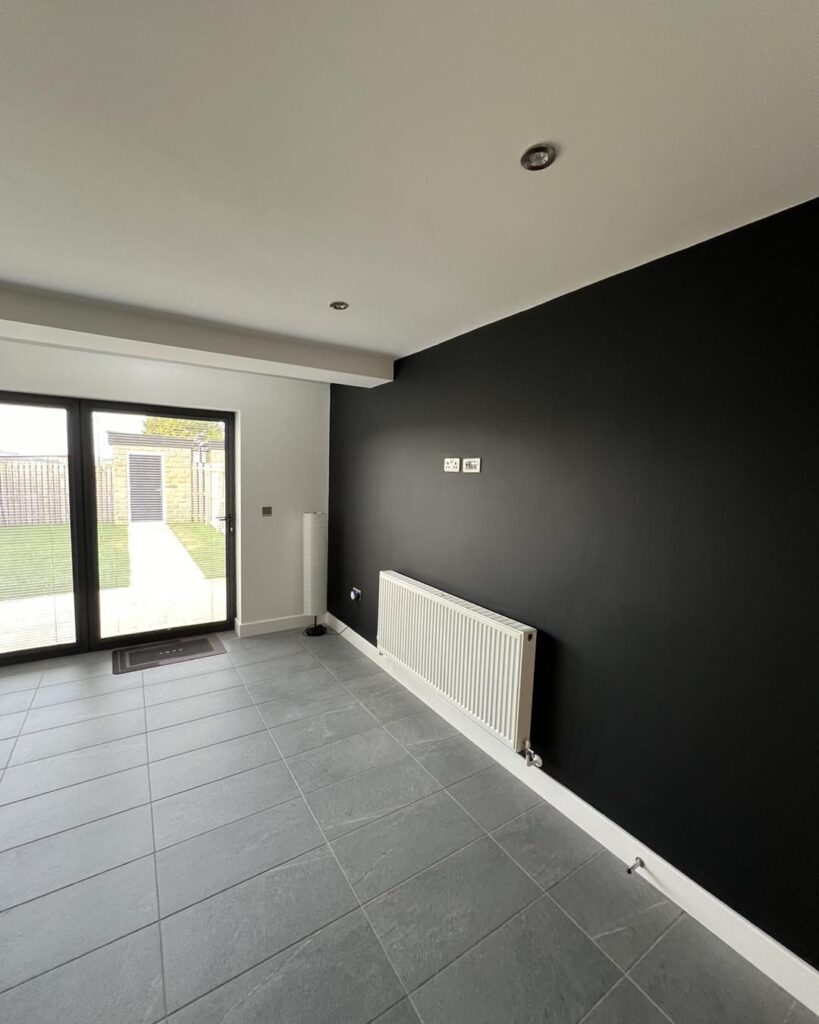Matching Texture After Drywall Repair: A Guide by EastBay Service
Textures are used on drywall to enhance the look and add depth to the walls. They’re also used to help hide any imperfections or flaws and can help keep minor damage hidden. When a damaged area does need to be repaired or replaced, though, it can be difficult to match the texture exactly. This is needed to help blend the repair into the surrounding area. Use A Guide by EastBay Drywall Repair Service to learn how this is done.

Types of Textures Common on Walls Today
Today, various textures are used to create unique looks in homes. On ceilings, a popcorn texture is common. It looks somewhat like little pieces of popcorn ceiling. On walls, textures can include orange peel, knockdown, rosebud, and swirl. Each produces a unique look and is made using special tools and techniques. Start by determining what type of texture is on the wall. When it’s time to cover up a repair, knowing what type of texture to try is necessary.

Make Sure the Repair is Done Right
Always make sure the repair is done right. If the drywall used isn’t the right thickness, there are gaps around the repair, or something sticks out, the patch will not look right, even if the texture is done perfectly. Take the time to make sure the repair is done properly and that everything looks good before moving forward. It is a good idea to sand a little around the patch to help everything blend in before adding the texture and painting.
Use Thin Drywall Mud
Drywall mud is too thick to use for texturing. While it works well for installation and repairs, it does need to be thinned before using it for most texture. Thin the mud just enough for it to be easy to install, without thinning it too much so it’s difficult to apply or fails to add the desired texture. Experiment with small amounts of drywall mud to find the right consistency for the texture.
Choose the Right Tools and Techniques
Various textures require different tools and techniques. Some are made with brushes, while others are made with a trowel or sponge. Others are made using paint rollers or sprayers. Look into more detailed instructions for the specific texture used to find out what tools and techniques are needed to recreate the look.

Practice on Scrap Drywall Pieces
Always practice on scrap pieces before trying the texture on the wall to get a better idea of how it works. Textures can be difficult to apply. It’s best to use scrap drywall, but it is also possible to try the texture on pieces of wood or other materials that have been prepped appropriately. It may take some practice to get the techniques right and ensure the texture will blend in with the area around the repair.
Use Thin Layers and Apply Extra Coats as Needed
For most textures, it’s recommended to start with a thin layer of drywall mud. More can always be added to create a texture that’s the same thickness as the area around the repair. Practicing before adding the texture to the EastBay Drywall Repair Service can make it easier to determine how thick to make the initial coat and any additional ones. Drywall textures can enhance the look of walls, but Matching Texture After Drywall Repair can be challenging. Use the tips here to determine what type of texture is on your walls and what is needed to recreate the look and blend in the repair with the remainder of the wall. If you’re unsure of how to do a texture or want to make sure it’s done right, enlist the help of professionals.
